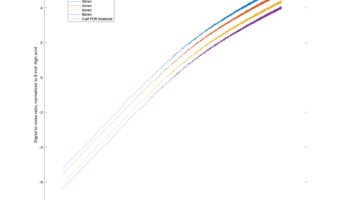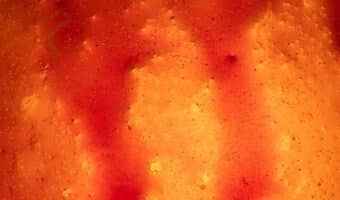Introduction Black point subtraction is a critical but mostly invisible part of RAW file processing. When done correctly, it ensures that the darkest tones in your image are neutral and retain subtle detail. When it’s wrong, shadow tones can become visibly tinted, with green or magenta casts that are especially noticeable when shadows are lifted… [Read More]
The 16-Bit Fallacy: Why More Isn’t Always Better in Medium Format Cameras
I’ve written on this subject before, but I’ve not done a piece that deals with the common counterarguments. Here is one. The Fujifilm GFX 100-series and Hasselblad X2D cameras support 16-bit RAW files. At first glance, this seems like an obvious win: more bits should mean more data, more dynamic range, and more flexibility in… [Read More]
Diving deeper into cropping in the GFX 100RF and dynamic range
I was bothered by the approximations that I made in yesterday’s post about what happens to dynamic range when you crop in camera with the GFX 100RF. So, today I went back and dusted off some Matlab code I’d written a few years ago to provide results with no approximations. I simulated the operation of… [Read More]
Cropping in the GFX 100RF and the effects on dynamic range
Fuji is recommending cropping as a method to ameliorate the limitations of a fixed lens in the GFX 100RF. That will affect dynamic range. Using some assumptions and approximations, I’ve calculated that, using Bill Claff’s Photographic Dynamic Range measurements from the GFX 100S. Here it is: The vertical axis is PDR in stops. The horizontal… [Read More]
Subjectivity in engineering design
As is often the case, the impetus for me to take keyboard in hand to click out this post is an exchange with a fellow photographer over the ‘net. In this case, the conversation went something like this: Someone else: “I am not a fan of MTF graphs.” Poster: “I look at real-world shots from… [Read More]
- « Previous Page
- 1
- 2
- 3
- 4
- 5
- 6
- …
- 385
- Next Page »



